During normal climatic conditions with regular rainfall, the average beak depth for a population of finches was 6.8mm. Researchers found that after a drought, average beak depth increased to 8.8mm. Birds with deep beaks (>9mm) were better able to eat large, hard seeds. Small hard seeds were also available after the drought, but could only be eaten by birds with shallow beaks (<7mm). Choose the graphical representation and term that best represents what would happen in the post-drought finch population if both types of seeds continue to be available.
a. directional selection.

b. disruptive (diversifying) selection.
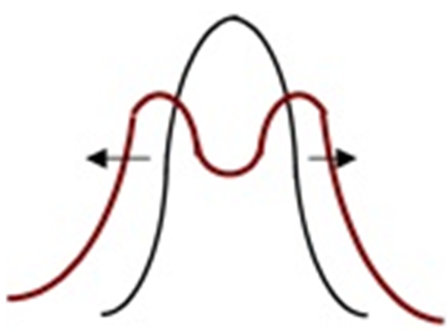
c. stabilizing selection.
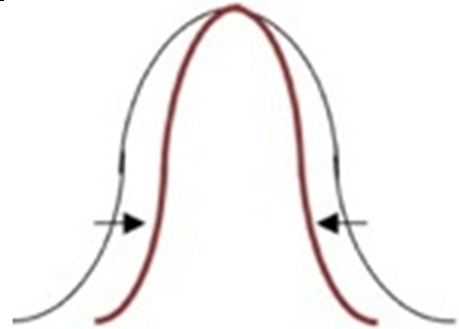
d. balancing selection.
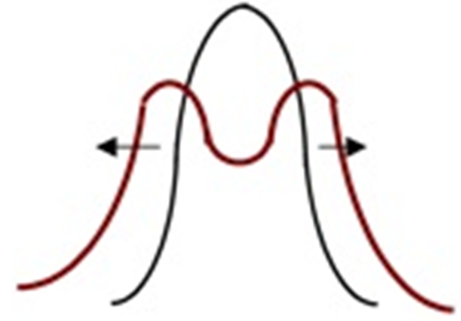
e. negative frequency-dependent selection.
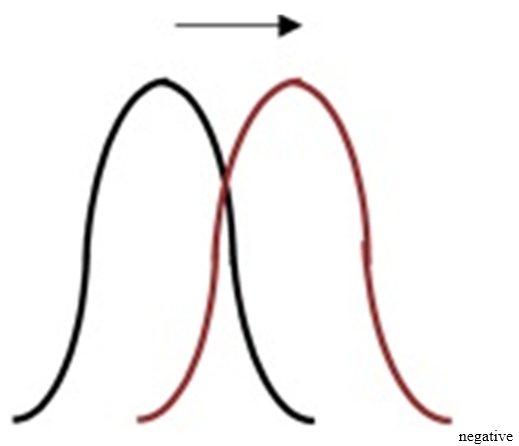
b. disruptive (diversifying) selection.
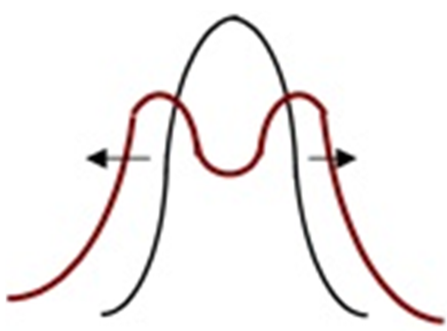
You might also like to view...
The two scientists credited with the formulation of the cell theory (cell doctrine) from the 1800s are
A. Watson and Crick. B. Schleiden and Schwann. C. Schleiden and Hooke. D. Schwann and Jenner. E. Ben and Jerry.
Enzymes aid in metabolism by ____
a. changing the DG of the reaction b. adding additional reactants to the system c. slowing the rate of some reactions and increasing the rate of other reactions d. stabilizing the transition state e. removing unused reactants from the system
Name at least three organs that are part of your digestive system. Explain why the organs you chose are in fact organs and not something else. Describe their role in the digestive system
What will be an ideal response?
The portion of the tRNA molecule that binds to the codon on the mRNA is called the ________.
A. paracodon B. anticodon C. complementary codon D. c-codon